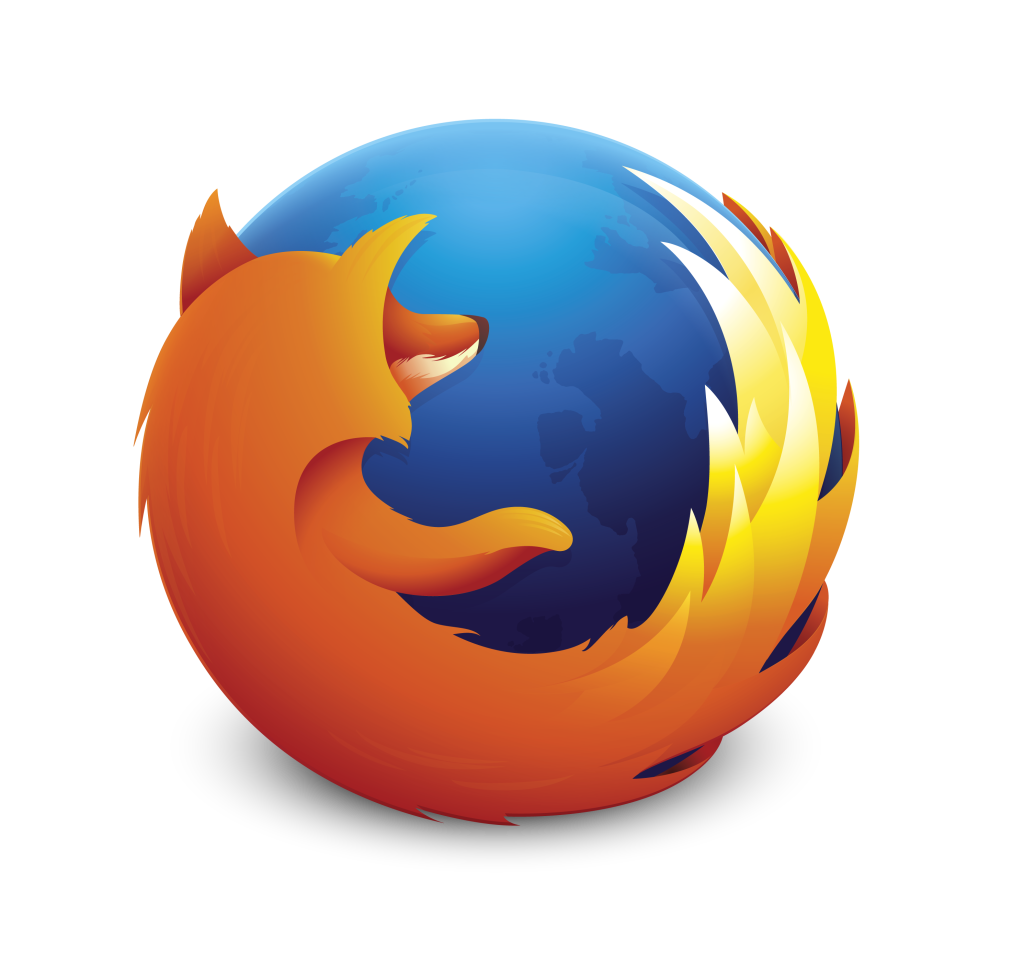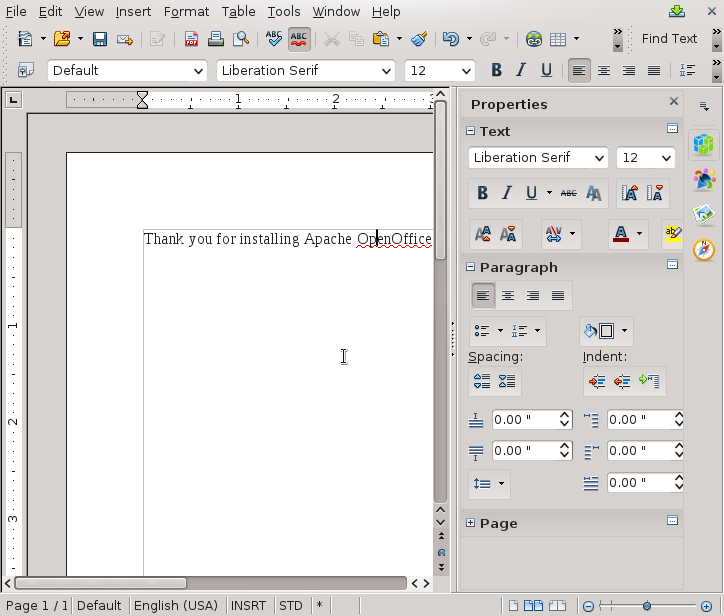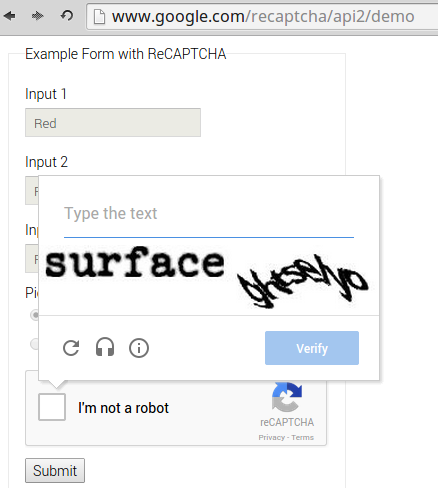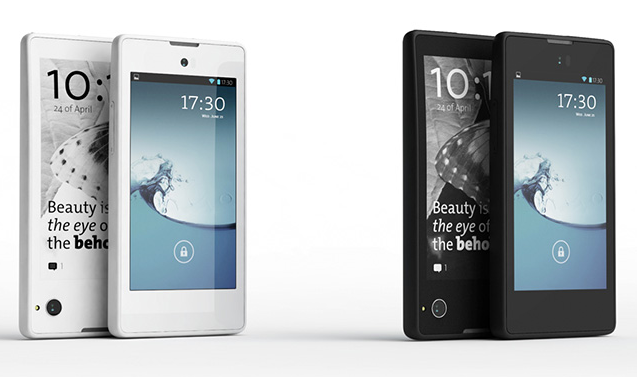I believe it was Scott McNealy, the former CEO and co-founder of the now defunct Sun Microsystems, Inc. who first tried to sell us on the idea of Cloud computing. Of course that term was not used back then. The buzz phrase then was, The Network is the Computer.
But that idea was killed by the corporate evil empire of the day: “The Network is the Computer” was not going to be good for its business model. But today, Cloud computing is all the rage and even the old evil empire and the new one(s) are making boat loads of money from it.
So for everybody, including the evil empires, Cloud computing has made the digital world a better place to be. What about a digital world where the operating system is the browser or the browser is the operating system, are we ready for that?
Some will likely argue that we are there already. After all, isn’t that what Chrome OS and Firefox OS bring to the table? Both appear to be good ideas, but can we move them slightly ahead, just one step further? Of course. There’s always a better implementation?
A competing idea that’s being touted by Anne van Kesteren envisions a digital world where “the operating system is the browser and its app market the web.” Just like Chrome OS and Firefox OS except for a key difference, which Anne puts like this:
Foremost, everything on the system has a URL. You bookmark https://mail.example.com/ to “install” your Example Mail app on your home screen (about:home). Some of these URLs could be built-ins, e.g.
about:settingsor about:phone, to deal with configuration and legacy applications the web does not really have an interest in supporting natively. After all, with WebRTC we can makehttps://phone.example.org/happen (and so much more).Being able to navigate to these URLs is essential. This allows apps to be integrated with each other in the same way sites are today, using
< a href="" >. On this system apps and sites will be within the same continuum.
It’s an idea worthy of serious consideration. You may read more about it here.







